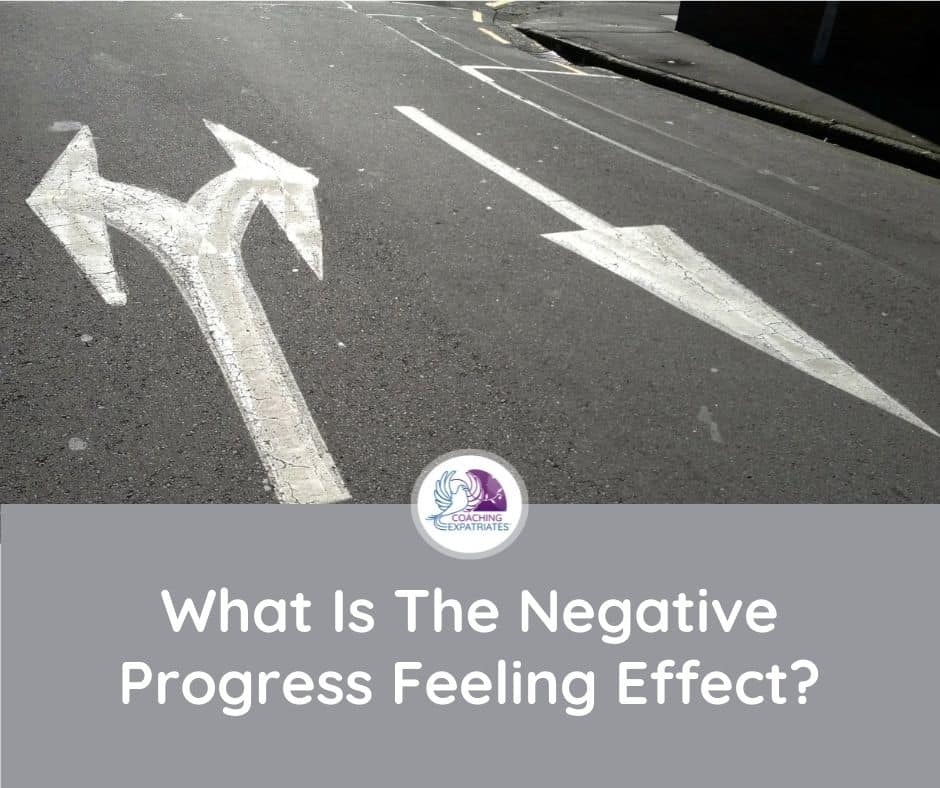I want to start this post by sharing a story. Stephanie has been working on her new website for 6 weeks. She was absolutely delighted that she had come up with incredible copywriting ideas, collected magnificent pictures, and put everything together in beautiful colors and patterns. Boy, how proud she was. This website would surely convert well.
Then something happened. The following day after she published it, she went check her website out, only to see that it was not there anymore. She called her website host’s customer service and learned that a hacker attack (or something) happened, and they lost everything she had with them. So they asked her to provide the latest website backup file so that they could put the website up for her again, as a courtesy.

“Back up?” she asked. “No one said anything about backups.”
She heard the guy on the other side of the line sigh. “Ma’am. You are supposed to back up your website at least weekly.”
“No,” said Stephanie, “that’s your job, not mine. I am paying for a service; you have to make sure my site is up.”
Stephanie was so upset that she invested the following 3 weeks talking to customer service, escalating to compliance, debating with lawyers, etc. All she wanted was her beautiful site recovered. Of course, not only did she not have a backup file for her website, but she didn’t store its copywriting, the pictures, or the Hex codes, anywhere. She wanted those things back, at least.
The more she fought against the situation and have her site recovered, the more time she lost, the more stress she amounted, and the greater the delays she was pilling up to her original deadlines.
One night, 11 weeks after she started to work on her website, she realized she had nothing. She was feeling completely exhausted, frustrated, and utterly sad. She had to start over, literally from scratch.
She was so sad, frustrated, and angry that she didn’t want to start over. What she really wanted was to find someone to place the blame. Find someone to fix everything for her miraculously. Except this was not going to happen. Stephanie was under the Negative Progress Feeling Effect.
What is the negative progress feeling effect?
It’s an overwhelming – and sometimes paralyzing – feeling that happens when you see something that you carefully planned and executed go down the drains. When things fail. Or when things don’t go your way. The fact is that when this happens – when things go wrong – we usually have to start over and plan things again, considering all the new circumstances, elements, and lessons learned. However, very often, that’s not what we do.
When people are under the negative progress feeling effect, they fight the terrible news by trying to make adjustments to the plan – so that it can still work. And the more we fight or, the more tweaks we have to make to a failed plan, the more Frankenstein the plan will look like. Or, in many cases, the further away from our real objective, we’ll be.
People get too attached to their plans. Don’t get me wrong; I get very attached too. It’s bound to happen to everyone. We get attached to our plans because we get attached to anything that requires a lot of effort on our part. Our plans become “our babies.” And that’s because we spend a lot of time creating it, nurturing it, taking care, and making sure it will be executed properly. It just so happens, though, that the plan is not the strategy.
Let me say that again: the plan is not the strategy.
The plan is just a “picture” of the strategy. The same way a frame is just a still picture of a movie. The frame is not the movie. Your plan is not your strategy. It is a picture of your strategy. When a plan goes wrong, though, it does not mean your strategy failed. It just means that the plan does not reflect the strategy anymore.
Why not?
Because when a plan fails, it means that the circumstances, requirements, and content of your current knowledge are now different. Your strategy SHOULD be different. You now have new elements to consider. So you have to put them into consideration. And then, take a new “picture.”
The picture, or plan, might look very similar to the previous image. Or it might look completely different. Or something in-between.
It sounds simple enough because I am stating things with a simple metaphor for “taking pictures.” Taking pictures is so darn easy nowadays. However, making a new plan is not. It requires a lot of focus, attention to detail, effort, brainpower. And that’s why we get attached in the first place. It’s not a click of a button. Because it’s laborious, nobody wants to go all over this creation process again. So we tweak the plan instead. We try our best to make the current plan work. And the more we do this, the more frustrated, upset, and angry we become.
And, like Stephanie, we lose focus. With the hopes of getting her site back – without having to re-do it all over again – she fought back as much as she could. Instead of rolling up her leaves and restarting to work on the website from scratch, she fought to recover what she thought she had.
I won’t tell you what’s right and wrong because it’s not my place to do so. What I am going to tell you, though, is that when under the negative progress feeling effect, you will “fight the currents,” and will get drained every time. So I am urging you to 1) create the awareness of WHEN you are under this effect and 2) when under the effect, consciously choose how you will proceed.
Here is a process I use to counter the negative progress feeling effect whenever I’m subject to it:
- Acknowledge the bad news: yeah, your F*&$%*ED. Things went wrong, and now you have to deal with it. Don’t try to find whose blame it is. That’s not the time for this. Just realize that something bad did happen. It did go wrong. And acknowledge it.
- Vent the frustration: you will be upset. There is no way around it. Just vent it out. NOT on someone, preferably. Scream underwater, punch a pillow, run 10 miles, do whatever it takes to get this “energy” out of your system.
- Everything has a purpose: that might sound “woo-woo” to some, but everything happens for a reason. We are here in this world for a reason. So if something went wrong, there must be a reason. Maybe things had to go wrong so that you could try again something new even better. Or you had to break up with your fiancé to find the true love of your life. We usually can’t see what this purpose or reason is at first, but there is a purpose to everything that happens. Just acknowledge this. Use it as a mantra, if you will.
- Troubleshooting deadline: you can fight like Stephanie and try to recover what you lost, or tweak the original plan so it will work. As I said, I’m not here to say what’s right or wrong. But give this “try” or “fight” a deadline. If the tweak is not making things happen as you predicted, don’t lose your time trying to fix the unfixable. Just start over. So please give it a deadline for when that should be. Stephanie could have said, “I will try and fight for 1 week and then start my website from scratch again if I can’t recover the original one.”
- Map what went wrong: it might be difficult, amidst all anger and frustration, to rationally map what elements went wrong. But mapping what went wrong is something essential to uncover. And when I say map what went wrong, it is not about what others did or did not do. It’s about mapping what was under YOUR control, and that went wrong. In Stephanie’s case, her website’s backup, the copywriting transcript saved somewhere, the pictures saved somewhere. The Hex codes that were used. All that was under her control, and she failed to store them. Mapping what is under your control and went wrong is crucial to avoid making the same mistakes in the future.
- Map what you learned during the process: while mapping what went wrong, invariably, you will identify many lessons learned. Psychologically you might think you are starting from scratch, but in fact, you are not. The second time you go through, things are in a learning curve point that is faster than before. In other words, you will do things faster. In Stephanie’s case, she learned how to put the website together and the importance of having backups and keeping things organized.
- Start over and brainstorm like it’s the first time: once you have your learned lessons map, start brainstorming about a new plan of action for your original goal. What is the fastest path, considering what you have right now, to achieve your goal? Start putting shape to your new plan.
- Compare: get your brainstorming results and compare to what your desired performance and plan should be. And ask yourself what you currently have achieved so far with your “failed plan.” Maybe your project really did go all wrong, and you lost everything. Or perhaps there is something that still could be leveraged by the new plan. For example, a resource, an idea, a place, etc. So think about that.
- Ask yourself if your strategy changed: the comparison done in item 7 is commonly called by Strategy academics as a “gap analysis.” After you understand what you have and what’s missing, you can go back to your strategy. What is your goal, and what’s your strategy for that goal. Make sure you are very clear on your strategy. In Stephanie’s case, her original strategy was to have a custom domain, with a landing page done and hosted at the lowest cost possible. Her new strategy was to have a custom domain with a superior hosting service that provided several features that now she valued. The more precise you are on your strategy, the easier (and faster) it will became to create your new plan.
- Make a new plan, not tweaks: now that you know your strategy, work on your plan. Create action by action of what you need to do to achieve your final goal in your strategy. In Stephanie’s case, she decided to change host providers to one that had automatic backups, good customer service, and a user-friendly landing page builder. And because she lost so much time with the whole drama, she also decided to pay a Fiverr guy to put together the first website draft for her. She would then – little by little – make the adjustments herself. In the map of her lessons learned, she identified that now that she knew how to build websites, she could very well use this sort of approach.
- Start over, with confidence that this time you’ll do much better: once you have a clear strategy and the next steps in the action plan, start working on them. Don’t look back. Only look back in item 5, so that you can learn from what went wrong. If you want a goal to be achieved, work on getting it accomplished. And do it with confidence. Because now you have something that you didn’t have before. You have gained experience, lessons learned, and overall traction that you didn’t have back when you started. You didn’t have any of these. You might feel upset, but once you start doing things, you’ll naturally feel confident. Because boy, nothing gives us more confidence than an excellent lesson learned and intense experience.
It’s interesting: when under the negative progress feeling effect, we usually are so upset that we forget that not all are really negative. When we learn and gain experience after “a failed plan,” we might not have gotten to where we wanted. But it doesn’t mean we didn’t get anything. Even negative progress is positive and helps you move forward. You just need to focus on wanting to move forward instead of focusing on the frustration. Our focus is under our control. It’s our choice. And if you are reading this far, congratulations! I hope you got at least the most critical piece of this whole post: Our focus is under our control. It’s our choice.
If you liked this post, share it with your friends and peers. Sign up below to receive a productivity and time management tip every week. Please write to us and let us know how you make sure your mental game will not hold you back when something frustrating happens to you.







